Hair loss is a sensitive topic for many, but for Black women, Central Centrifugal Cicatricial Alopecia (CCCA) is a condition that disproportionately affects us and can lead to frustration, confusion, and even emotional distress. CCCA is a type of scarring alopecia that primarily starts at the crown of the head and spreads outward in a circular pattern, causing hair loss that can be difficult to reverse once the hair follicles have scarred.
In this blog, we’ll break down what CCCA is, the factors that contribute to its development, and how you can manage and potentially slow its progression. We’ll also highlight how our Miracle 3-n-1 Clay Mask has helped customers experiencing CCCA reduce shedding and maintain the health of their remaining hair.
What Is CCCA?
CCCA, or Central Centrifugal Cicatricial Alopecia, is a type of scarring alopecia that affects the hair follicles, causing inflammation, damage, and eventually permanent scarring if not treated early. Once scarring occurs, hair loss in those areas can become irreversible. It’s important to note that while CCCA primarily affects Black women, it’s not limited to any single group.
The name itself explains the condition:
- Central refers to the crown area of the scalp.
- Centrifugal means it spreads outward from the center.
- Cicatricial refers to scarring.
- Alopecia is the medical term for hair loss.
Causes of CCCA: Genetics, Environmental, and Lifestyle Factors
Research suggests that one of the key causes of CCCA is a genetic mutation in the PADI3 gene, which plays a crucial role in hair follicle formation. Mutations in this gene can make hair follicles more susceptible to inflammation and damage. However, genetics is only part of the picture.
Other factors that contribute to CCCA include:
1. Tight Hairstyles
Frequently wearing tight hairstyles like braids, weaves, or ponytails can put significant stress on the hair follicles, especially near the crown of the head. Over time, this tension can lead to follicle damage and hair loss. It’s crucial to avoid styles that pull too tightly at the scalp to protect your follicles from unnecessary trauma.
2. Chemical Treatments
Chemical relaxers, commonly used to straighten textured hair, can weaken the hair and scalp, making them more prone to damage. Decades of research have shown the adverse effects of chemical relaxers, and their connection to various scalp conditions, including CCCA.
3. Heat Damage
Excessive use of heat tools, such as flat irons and blow dryers, can dry out the hair and scalp, leading to inflammation and weakening of the follicles over time.
4. Environmental Stressors
Pollution, UV exposure, and even chronic stress can also contribute to hair thinning and scalp inflammation, worsening the effects of CCCA.
Can CCCA Be Reversed?
This is one of the most frequently asked questions when it comes to CCCA, and the answer is: it depends on the stage of the condition. If caught early, before significant scarring has occurred, it may be possible to slow down the progression or even regrow some hair. However, once the follicles have developed scars, hair regrowth in those areas becomes very challenging.
Early Intervention is Key
If you suspect you have CCCA, early diagnosis and treatment are crucial. Visit a dermatologist who can perform a biopsy to assess the extent of the damage and scarring. A physician may prescribe treatments such as:
- Topical Corticosteroids: These can help reduce inflammation in the scalp and slow the progression of CCCA.
- Oral or Topical Antibiotics: These are sometimes prescribed to reduce inflammation and prevent further follicle damage.
- Anti-inflammatory Medications: These can help minimize swelling and inflammation around the follicles.
Managing CCCA: Prevention and Healthy Hair Practices
While medical intervention is essential, managing CCCA is also about taking proactive steps to protect your hair and scalp. Genetics might be out of your control, but you can manage environmental and lifestyle factors.
1. Avoid Tight Styles
As we mentioned earlier, one of the most significant contributors to CCCA is traction alopecia, caused by frequently wearing tight styles. It’s essential to avoid these high-tension styles, even if they seem convenient.
In the words of comedian Katt Williams, "Some shops will braid your entire soul." You have to be mindful and tell them, “No.” Protective styles should protect, not harm, your hair. Instead of tight braids or weaves, opt for looser styles or styles that give your hair and scalp a break from constant tension.
2. Use Gentle Hair Products
Choose hair products that are free from harsh chemicals, sulfates, and drying alcohols. Our Miracle 3-n-1 Clay Mask is designed to gently cleanse, detoxify, and nourish your scalp and hair without stripping it of essential moisture. Customers with CCCA have reported a reduction in shedding and a healthier scalp after incorporating this product into their routine. While it’s not a cure for CCCA, it can help maintain hair health and manage symptoms.
3. Moisturize and Hydrate
A healthy scalp is a hydrated scalp. Use nourishing oils and treatments to keep your scalp and hair well-moisturized. Our Renew Protein Deep Treatment can help repair and strengthen your hair, particularly after chemical or heat damage, which can exacerbate CCCA.
4. Limit Chemical and Heat Exposure
If you’re prone to CCCA, reducing your use of chemical relaxers and heat tools is essential. Give your hair time to recover between treatments, and always use a heat protectant when applying heat to your hair.
Your Beauty and Worth Are Not Defined by CCCA
Hair loss, especially when it feels out of your control, can take a toll on your self-esteem. But it’s essential to remember that hair is only one part of who you are. Whether you're dealing with CCCA or any other hair-related challenge, know that your beauty, purpose, and capability are not diminished by this condition. You can still live a life full of confidence and achieve all the goals you set for yourself.
Pro Tip: Stay proactive in your hair care, and don’t hesitate to consult with a professional if you’re dealing with CCCA. While our Miracle 3-n-1 Clay Mask is an excellent addition to your routine, it’s not a medical solution. Be sure to follow a treatment plan from your physician to effectively manage your CCCA.
Keep the Faith, Keep Your Confidence
If you’re struggling with CCCA, know that you’re not alone. This condition may present unique challenges, but with the right approach and early intervention, you can manage it effectively. Remember to embrace your beauty, prioritize your hair’s health, and most importantly, keep the faith.
At Strands of Faith, we’re here to support you on your journey. Our line of natural, nourishing products is designed to help you maintain healthy hair, no matter your challenges. Check out our Miracle 3-n-1 Clay Mask and Renew Protein Deep Treatment to keep your hair hydrated, strong, and full of life.



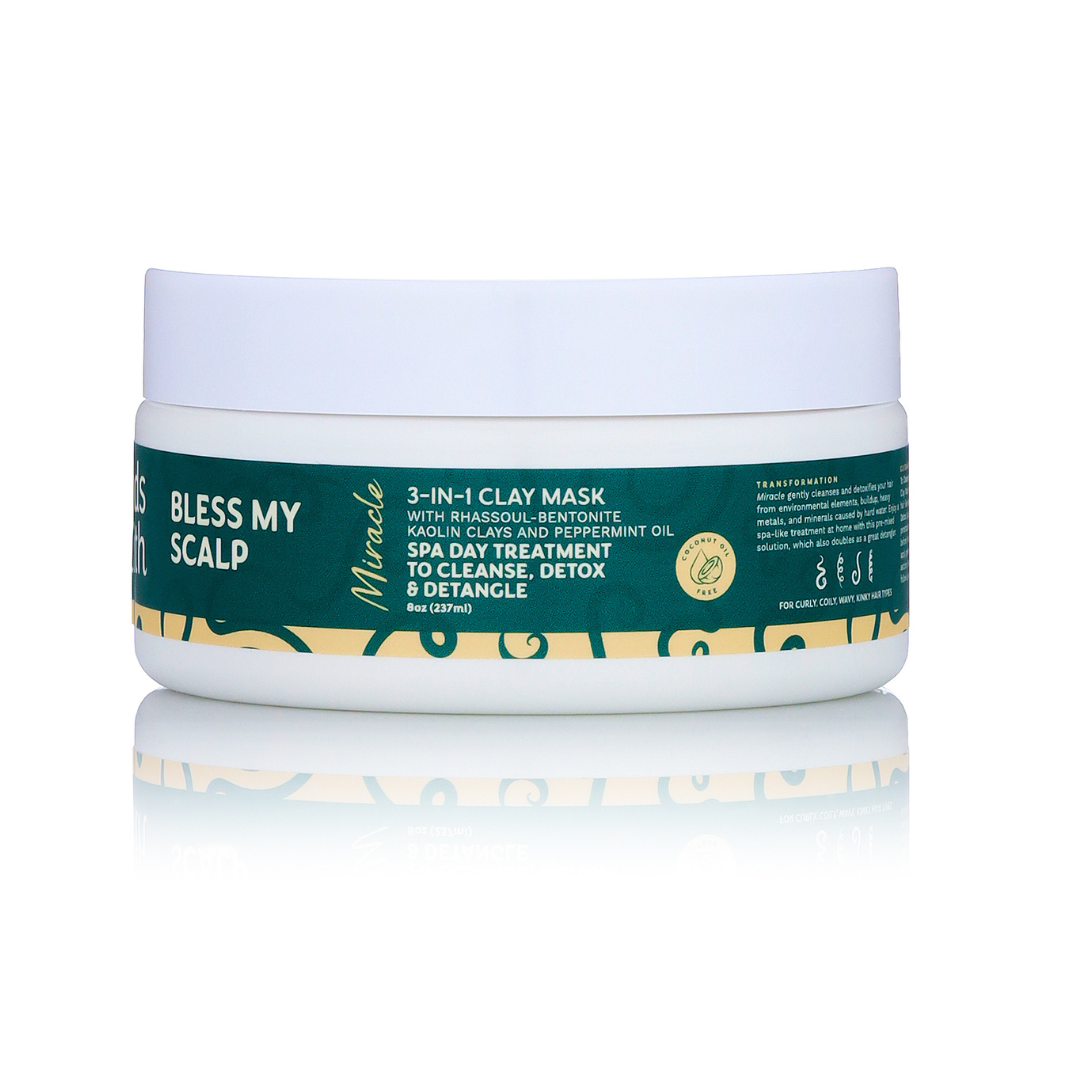
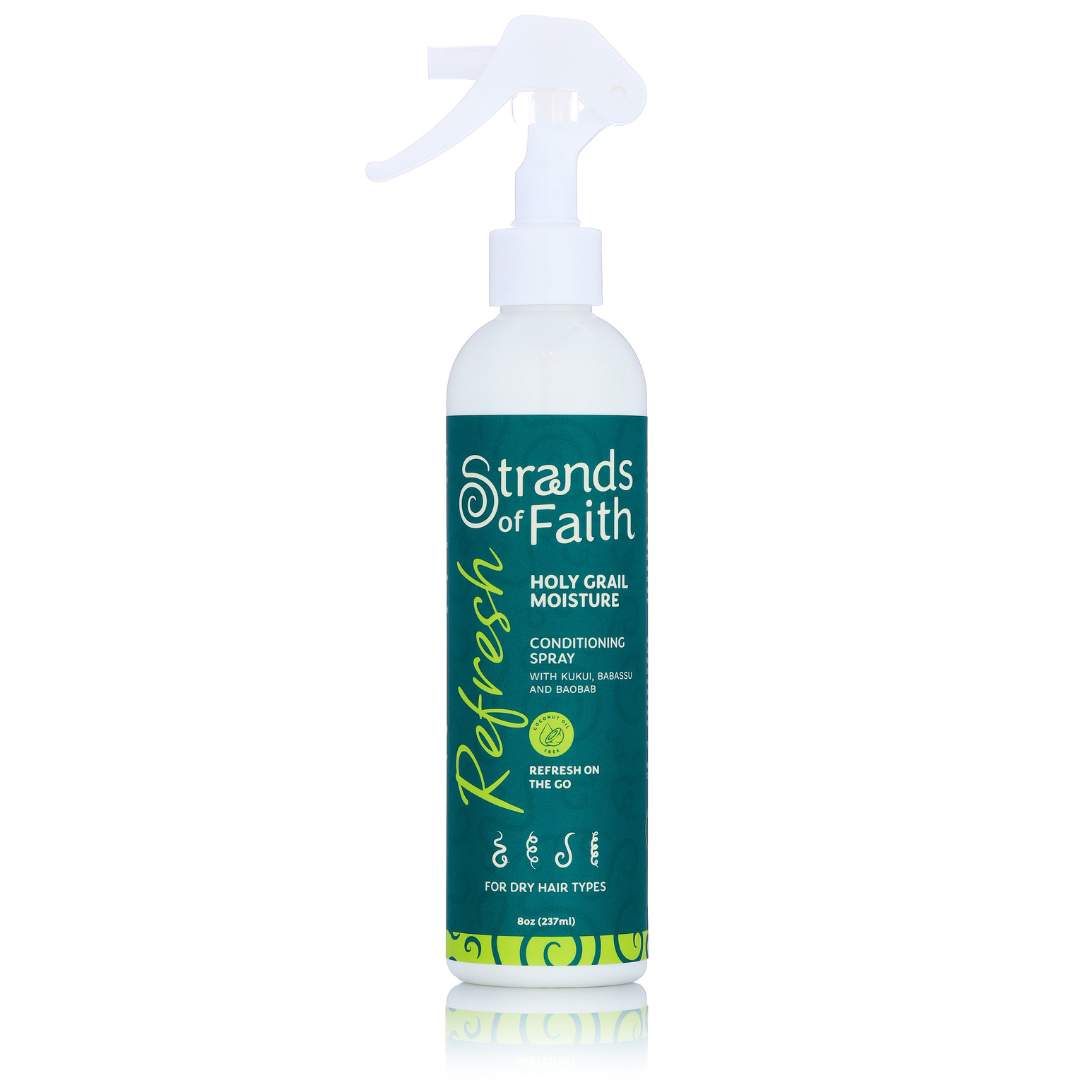
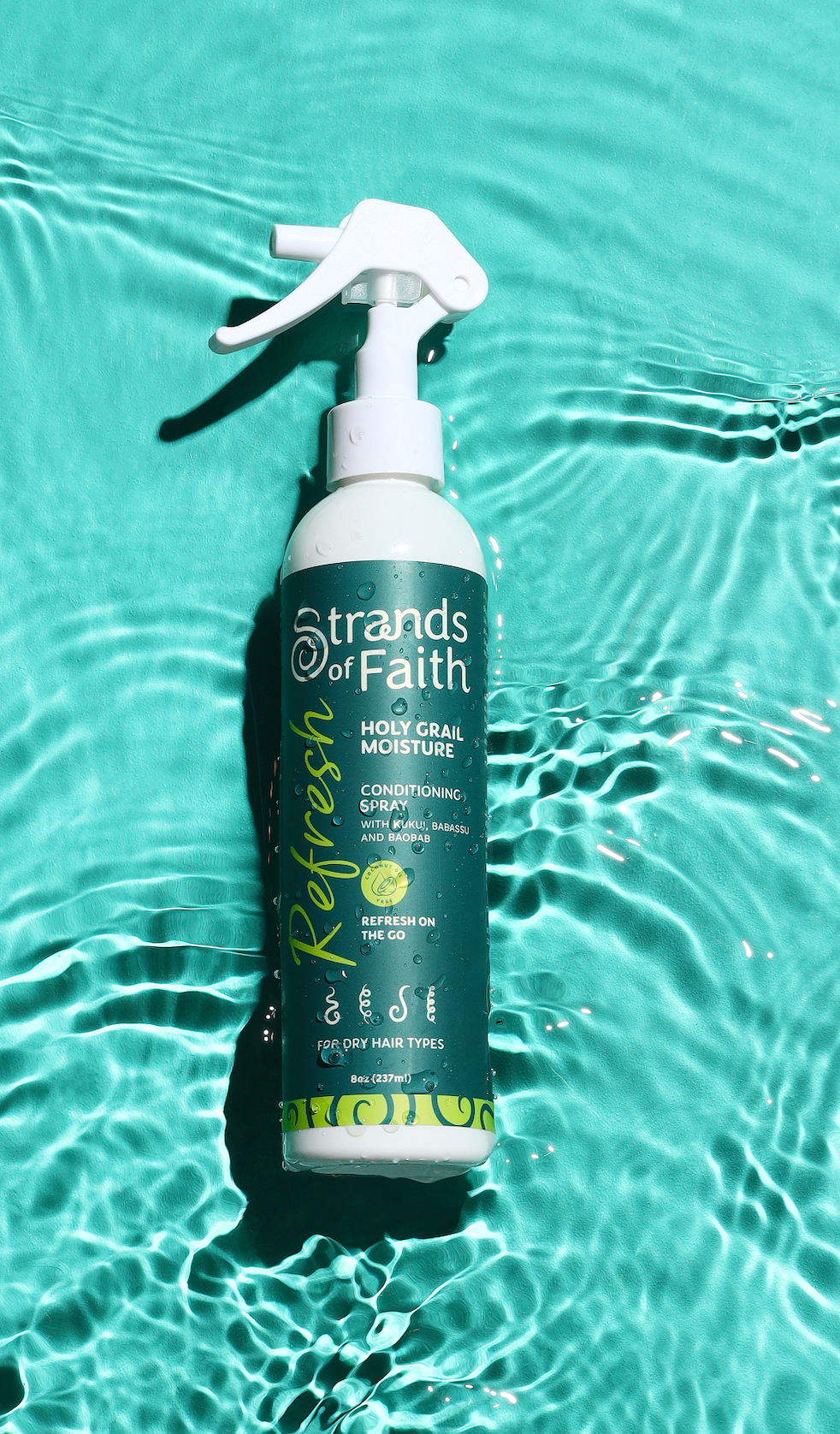
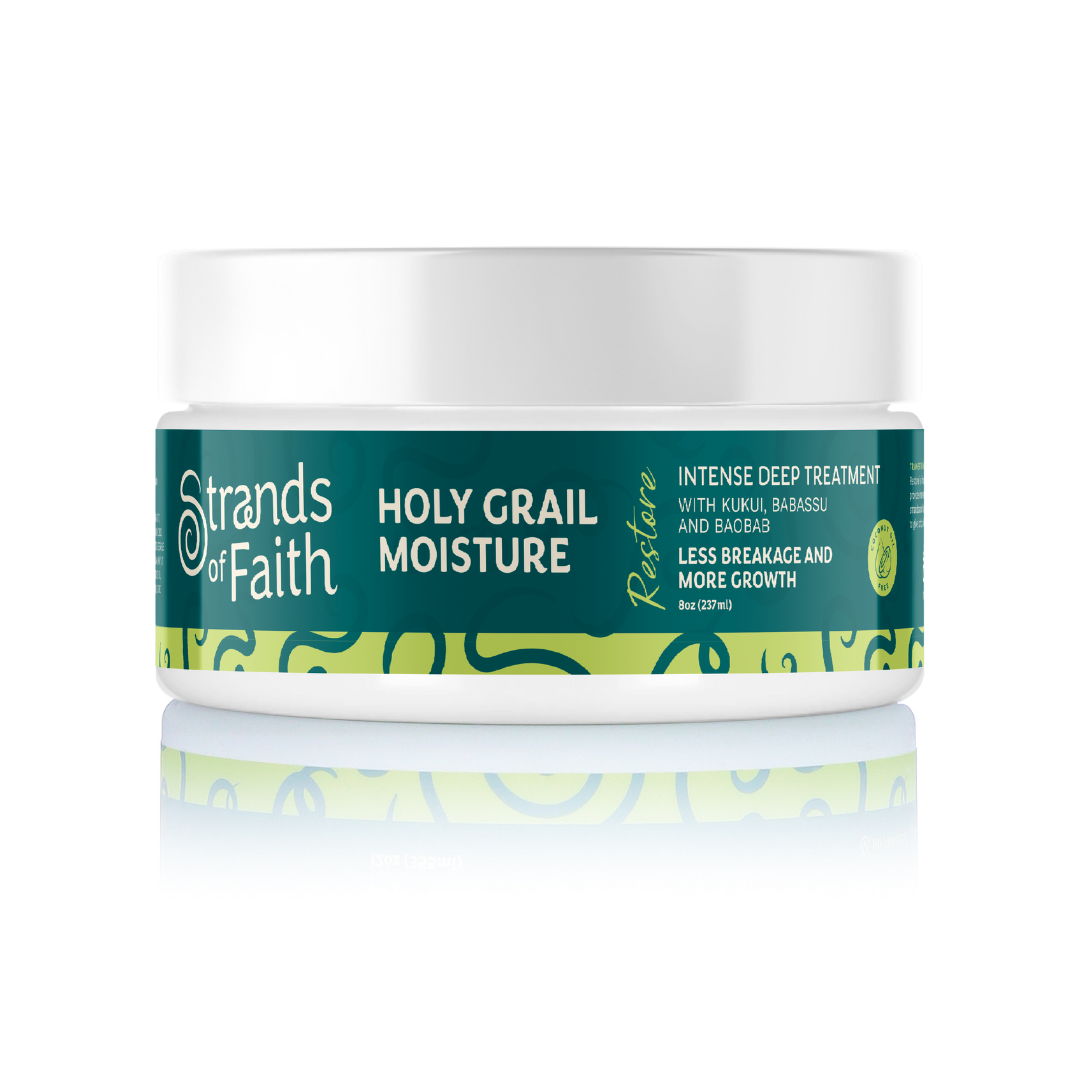

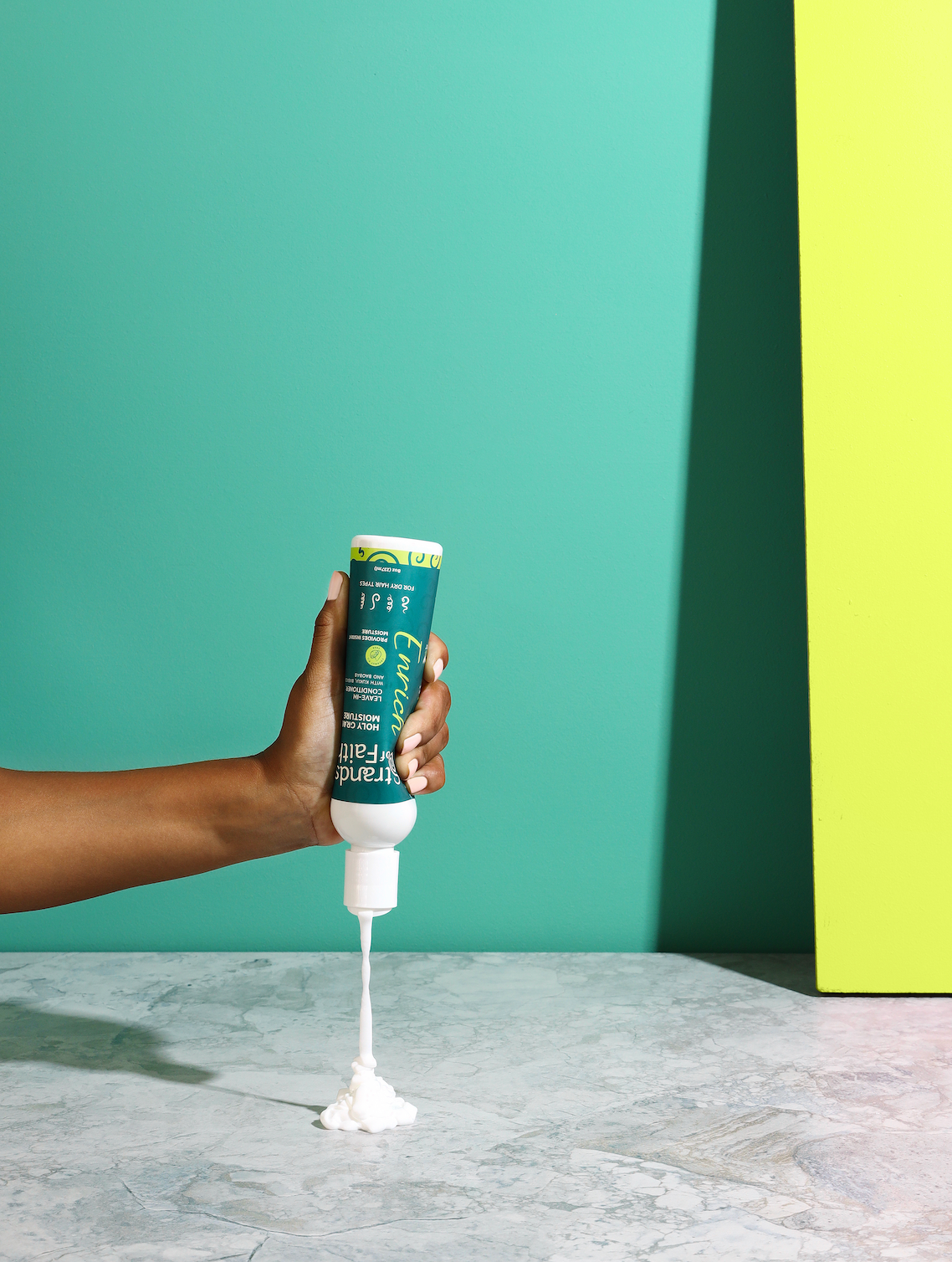

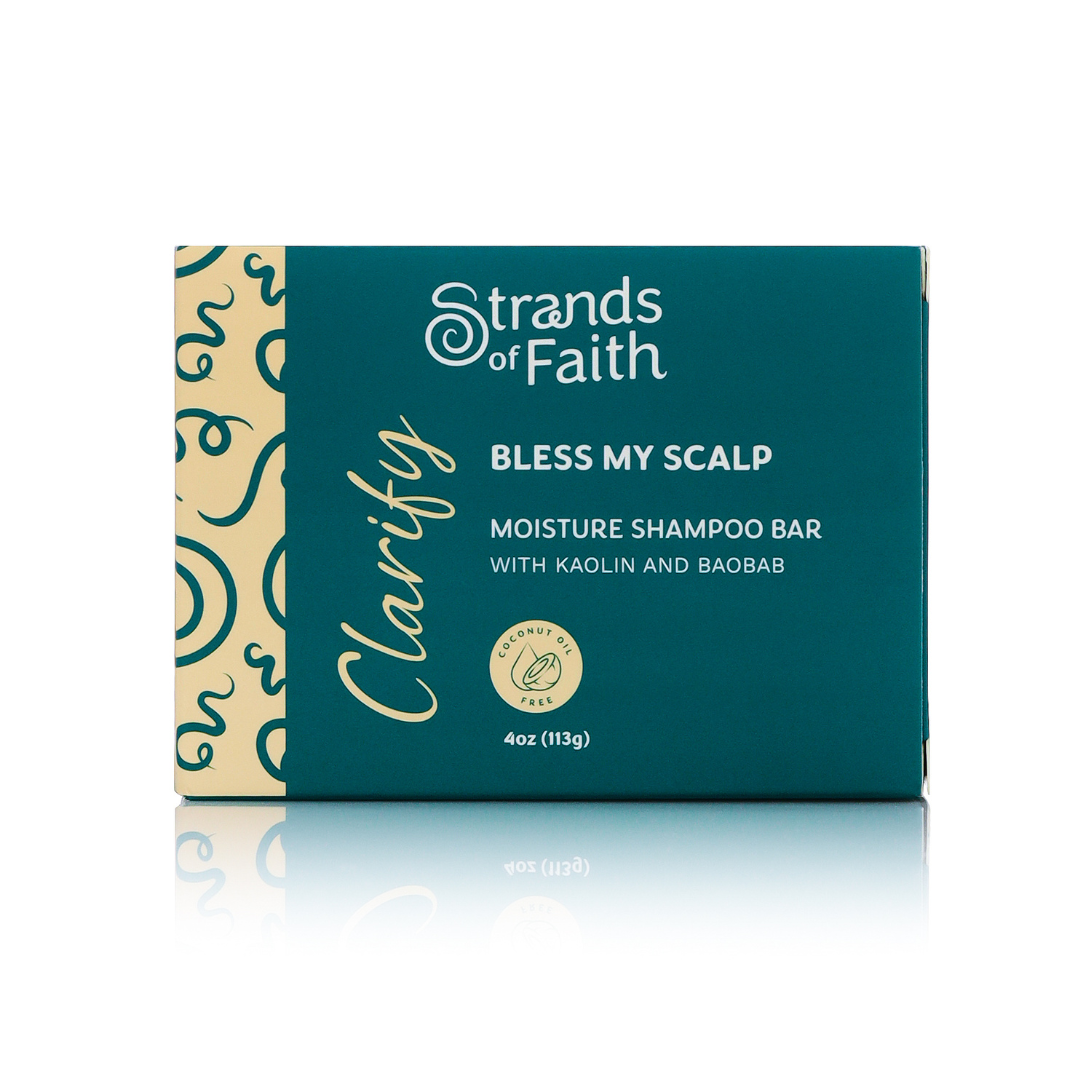
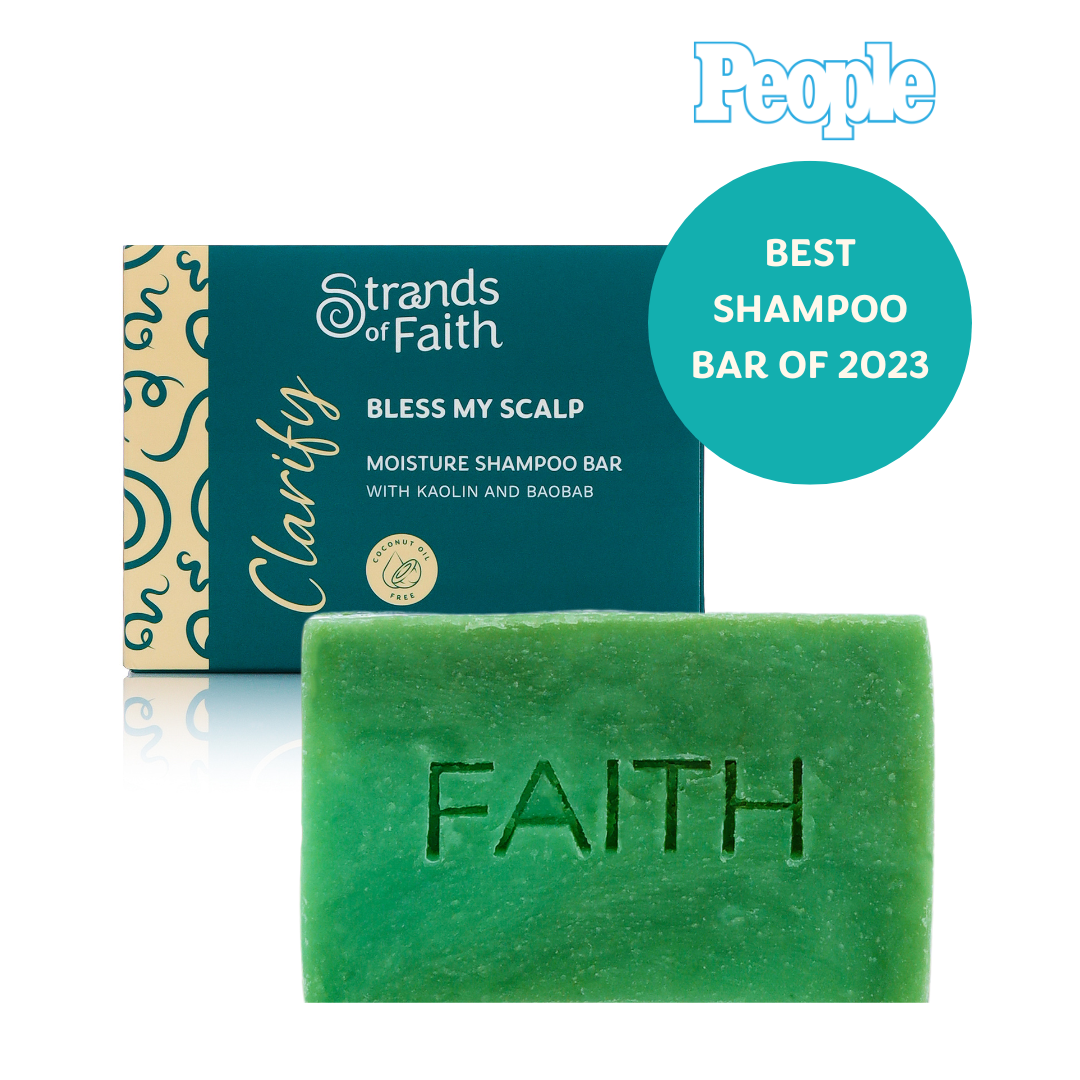
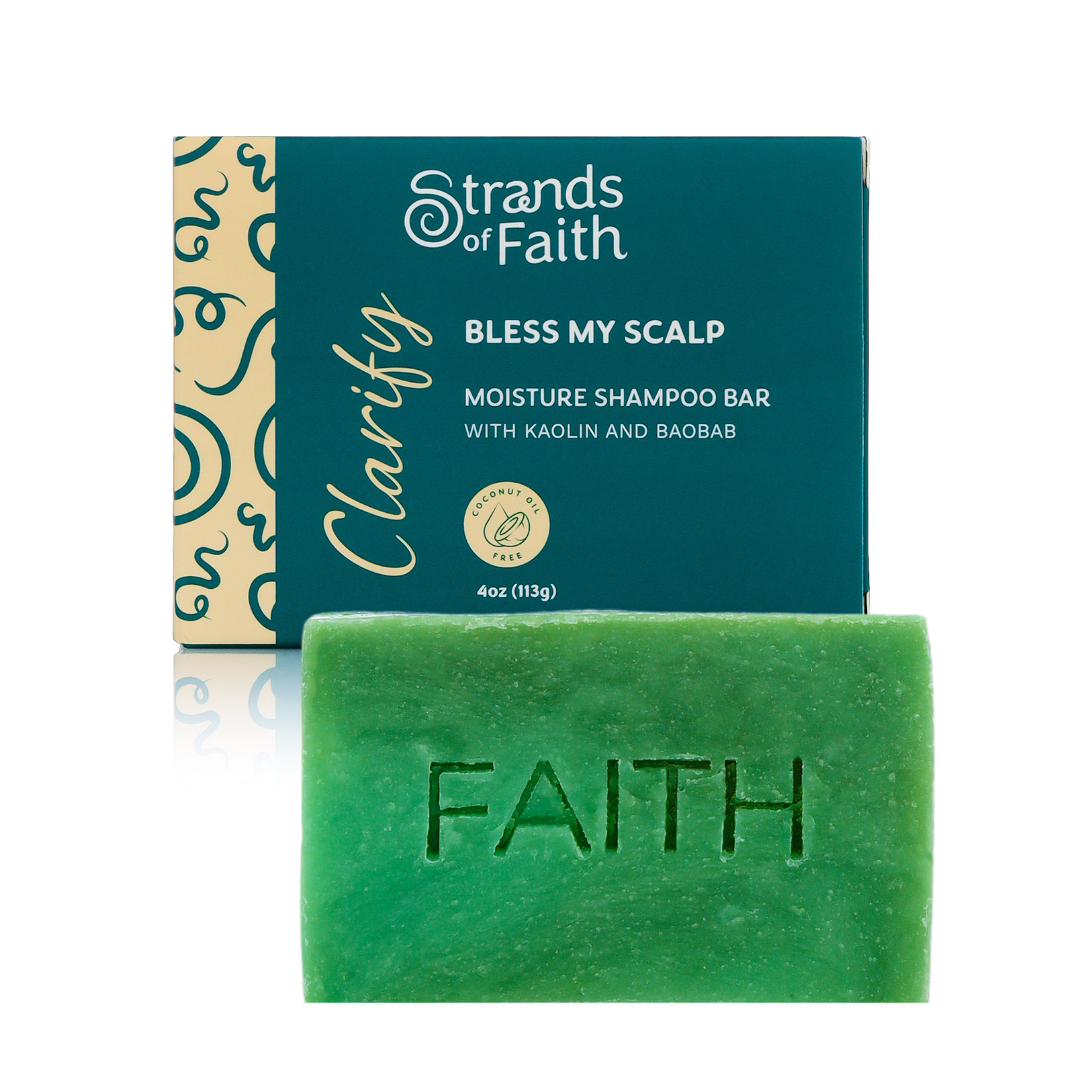
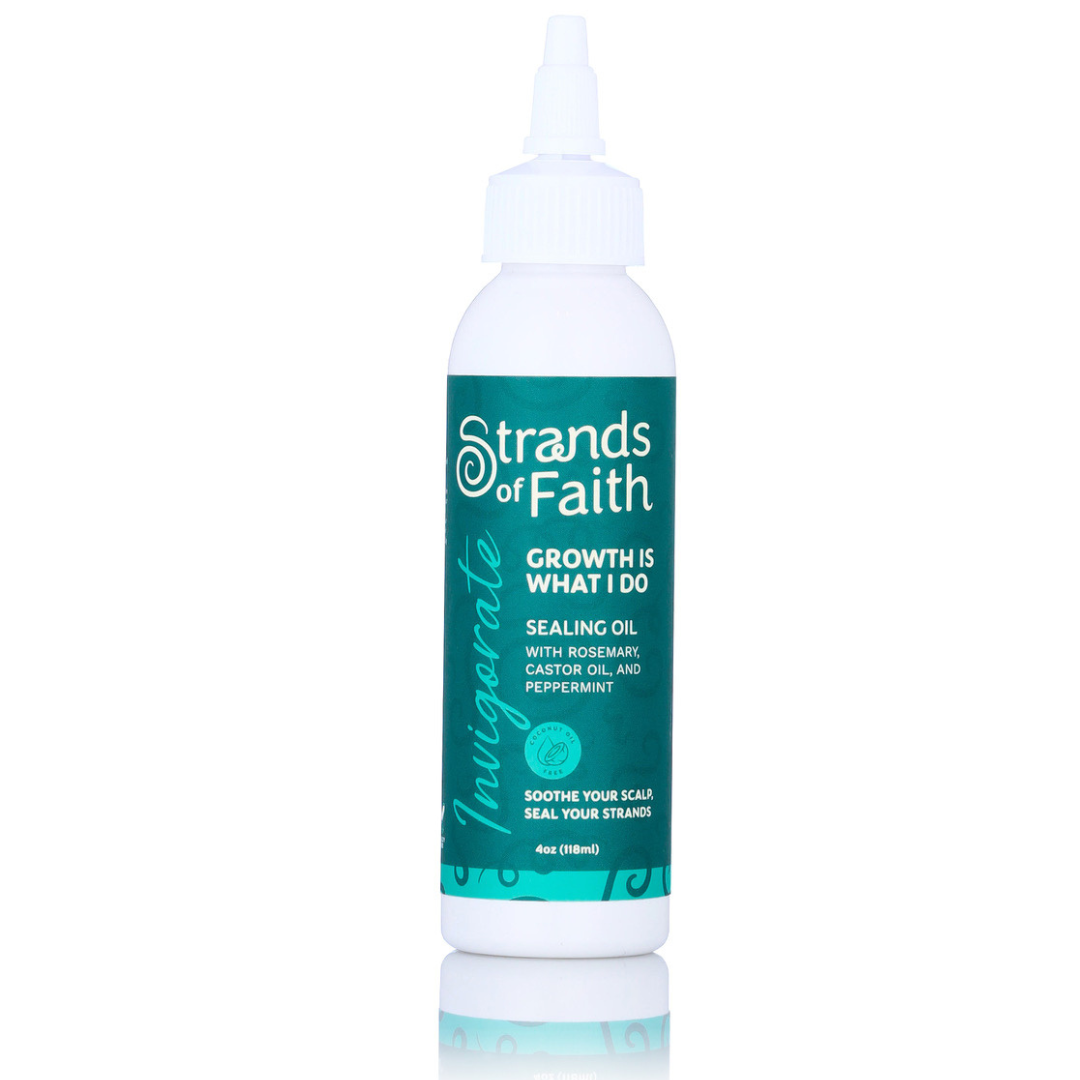
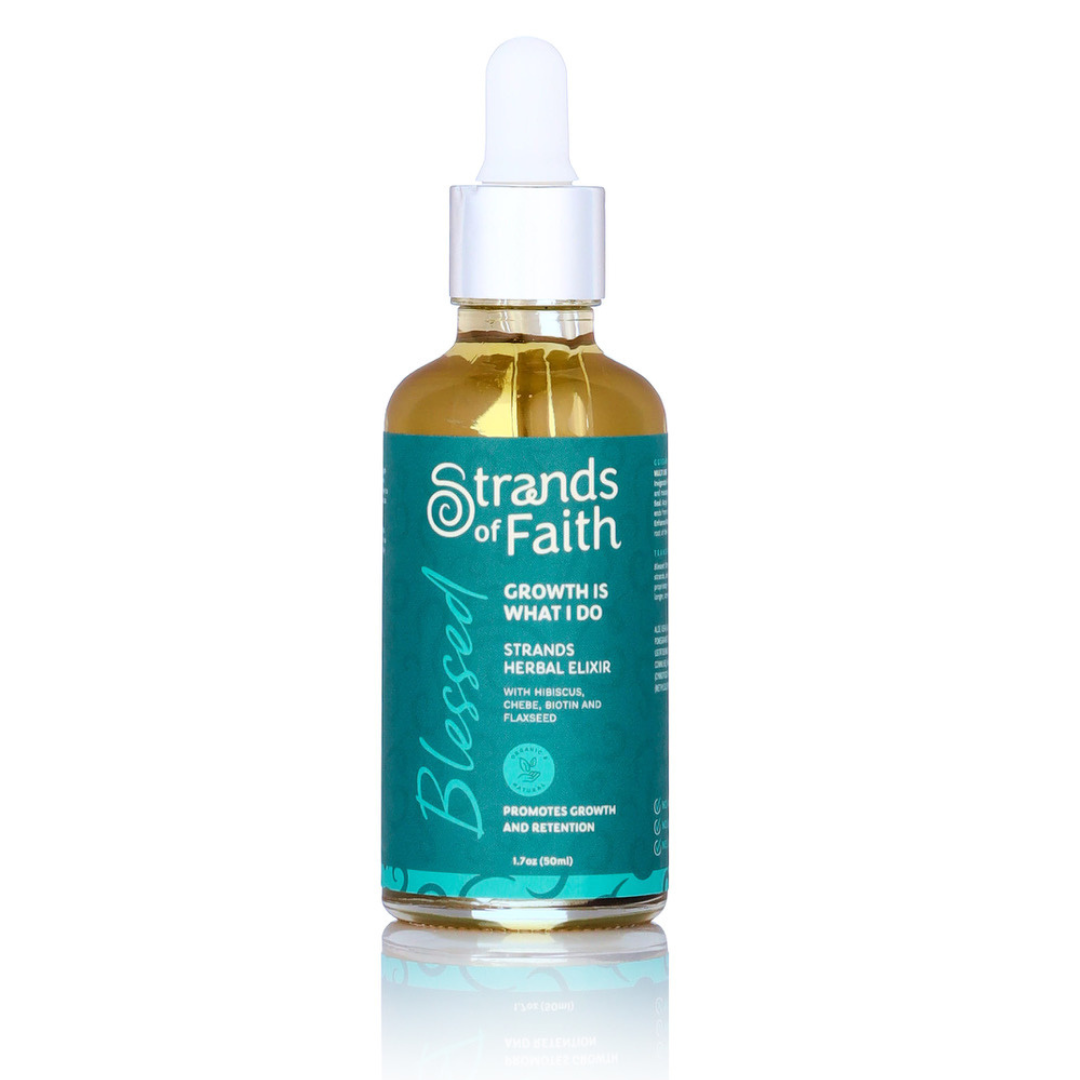
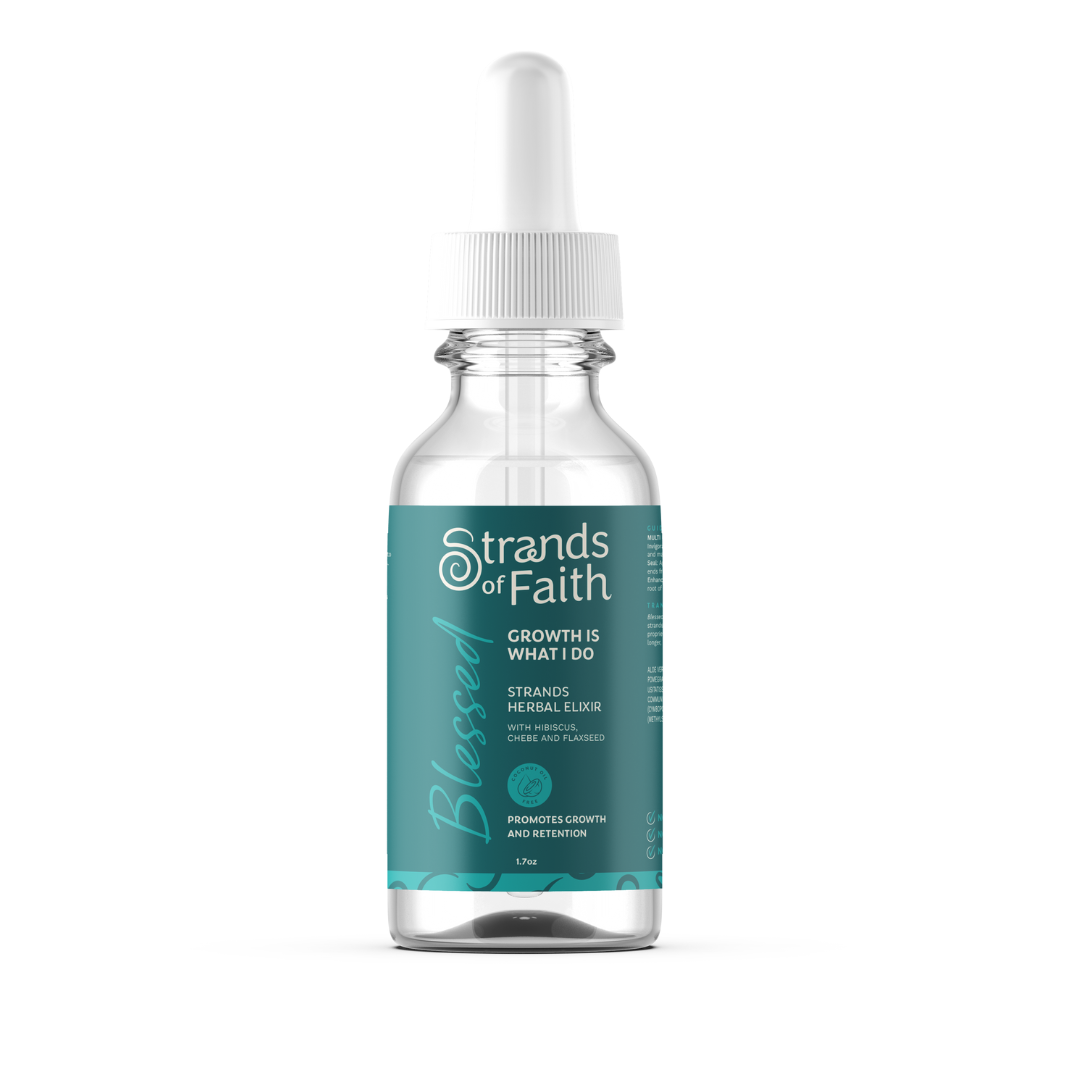
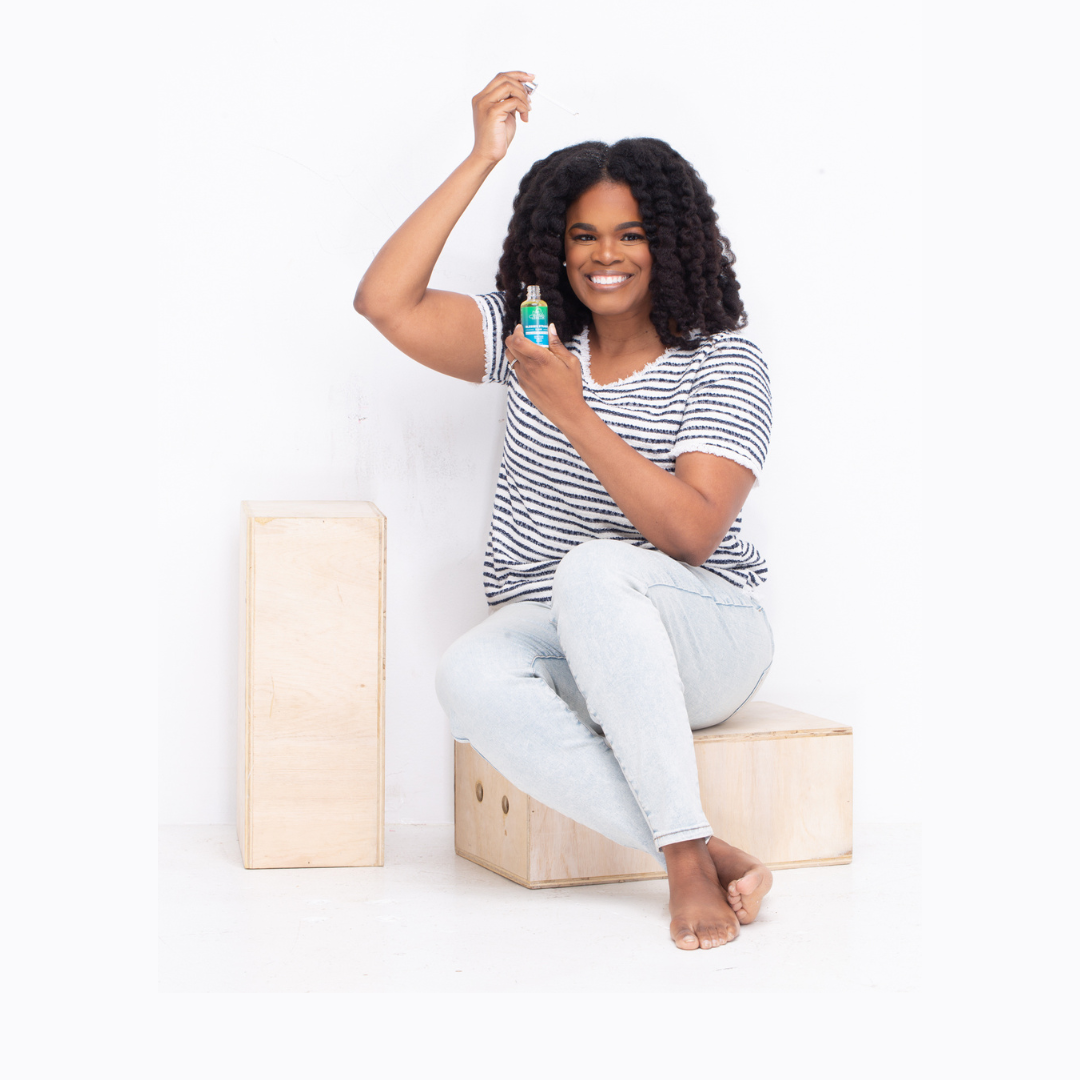
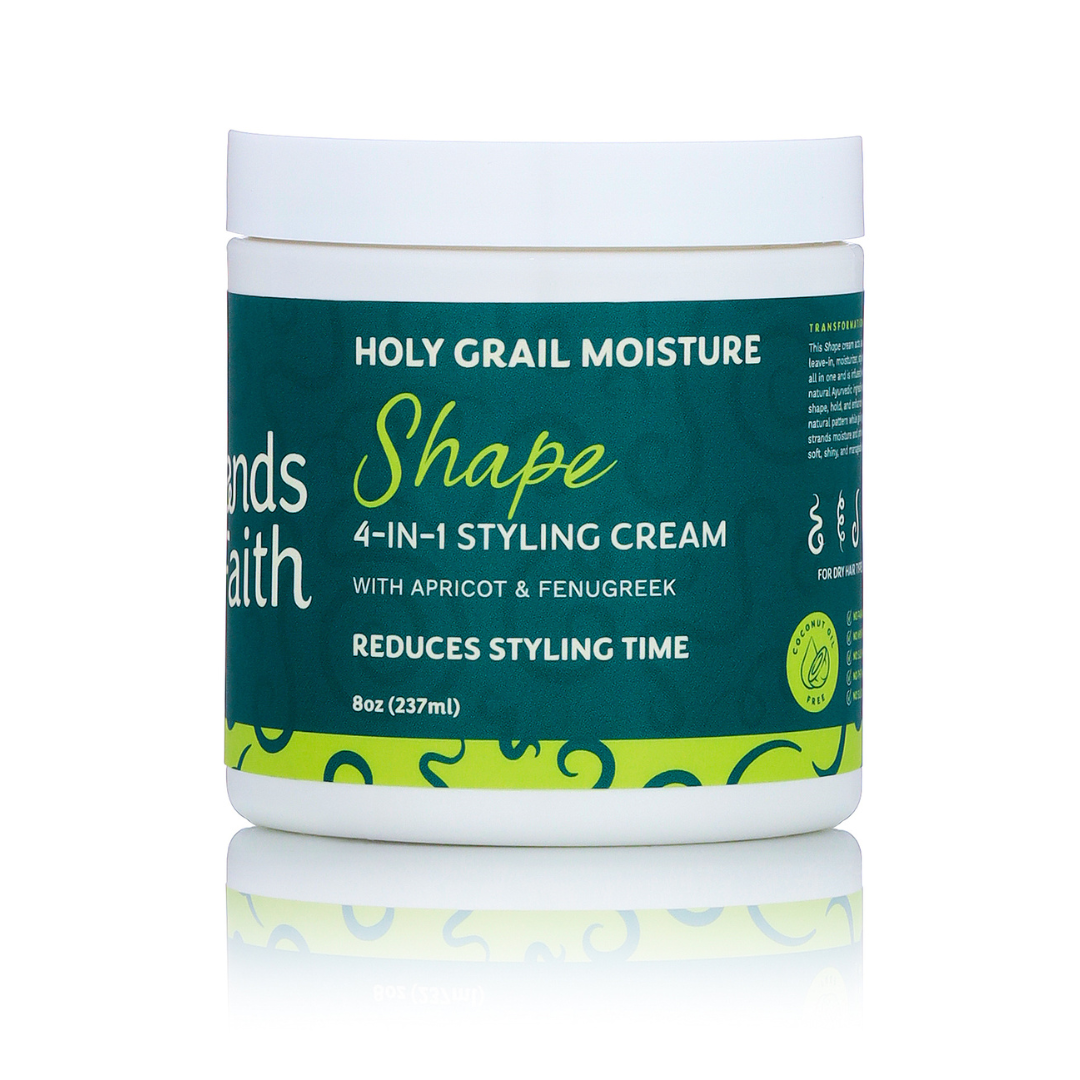
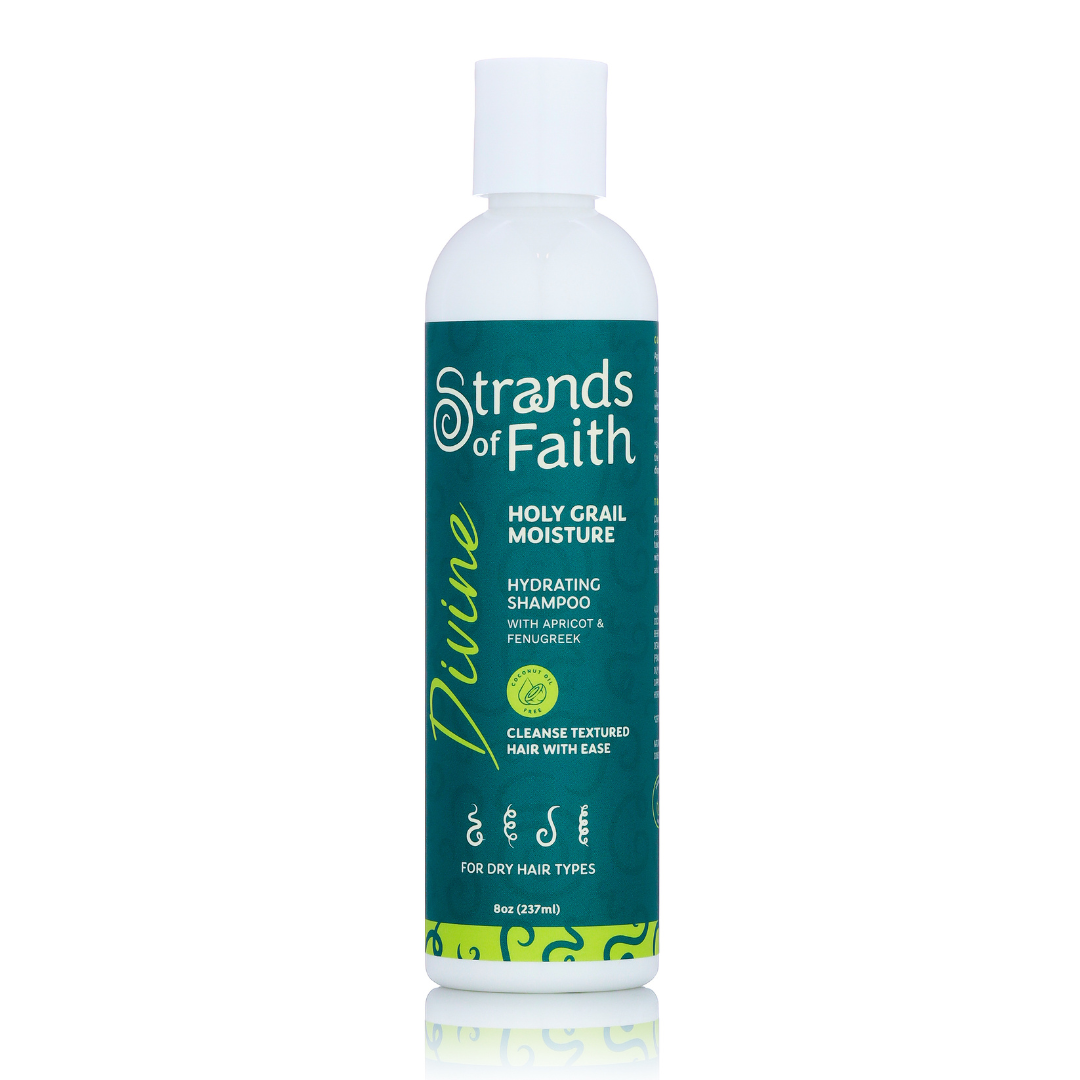
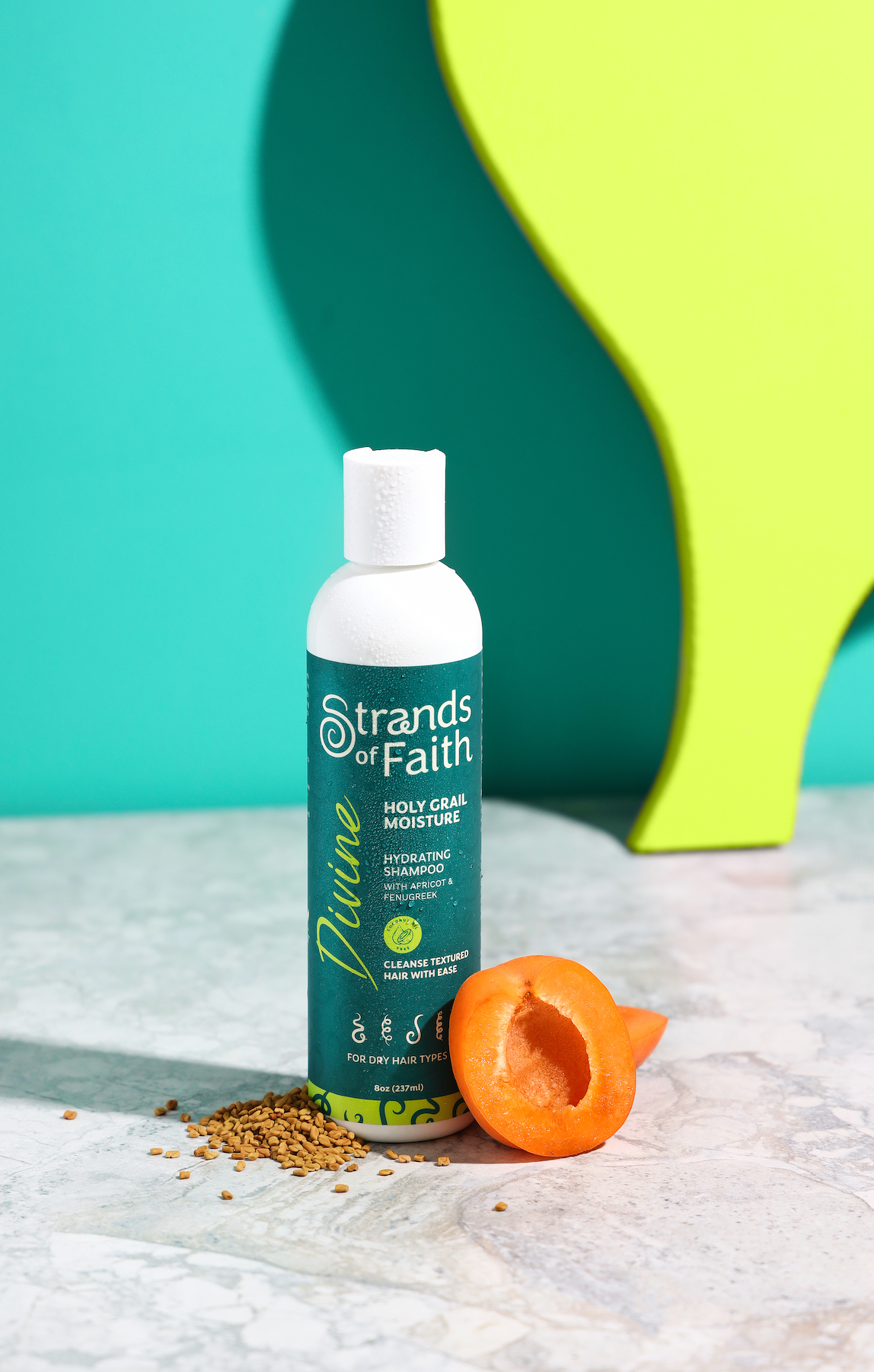
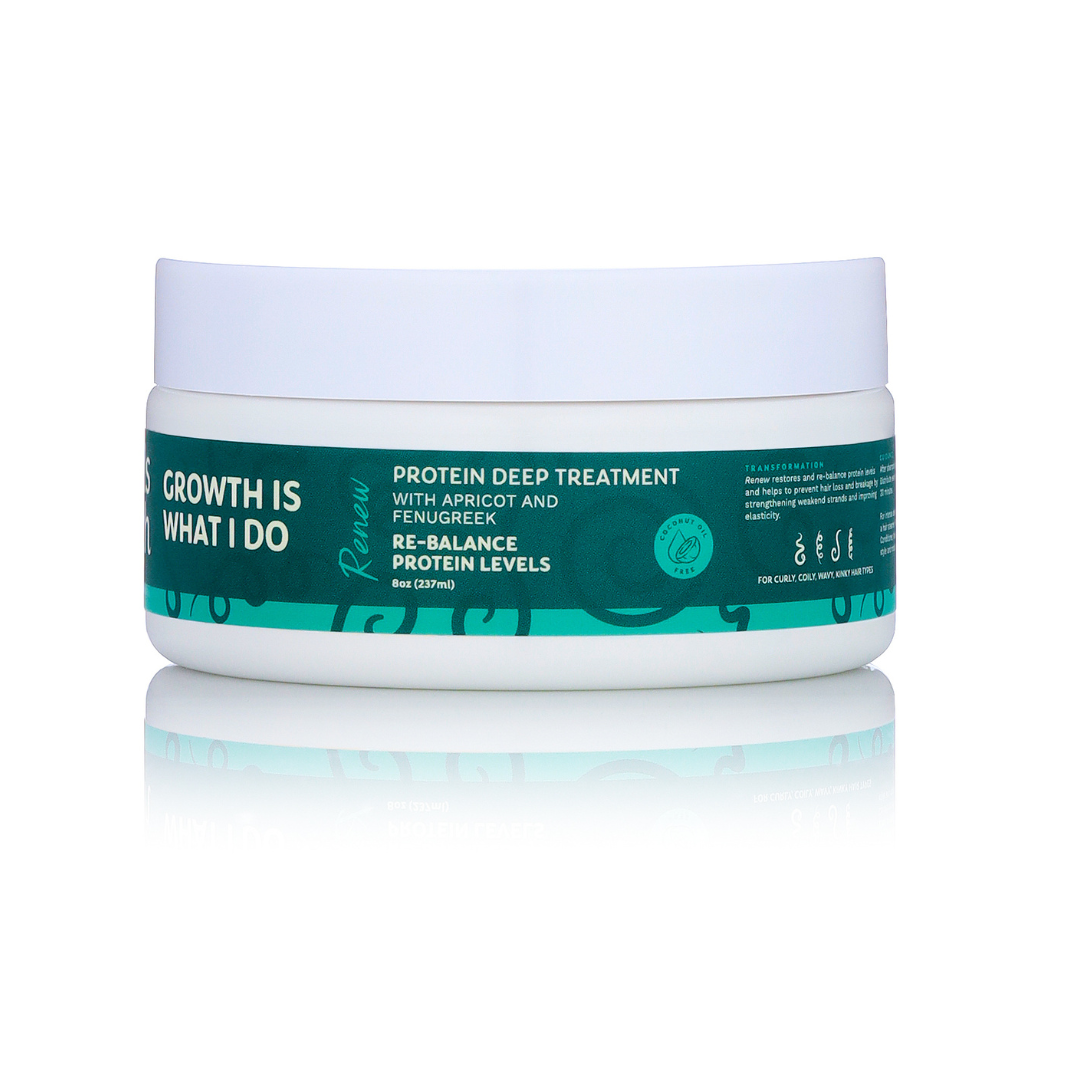



Comment
The front of my head 360 to ear to ear